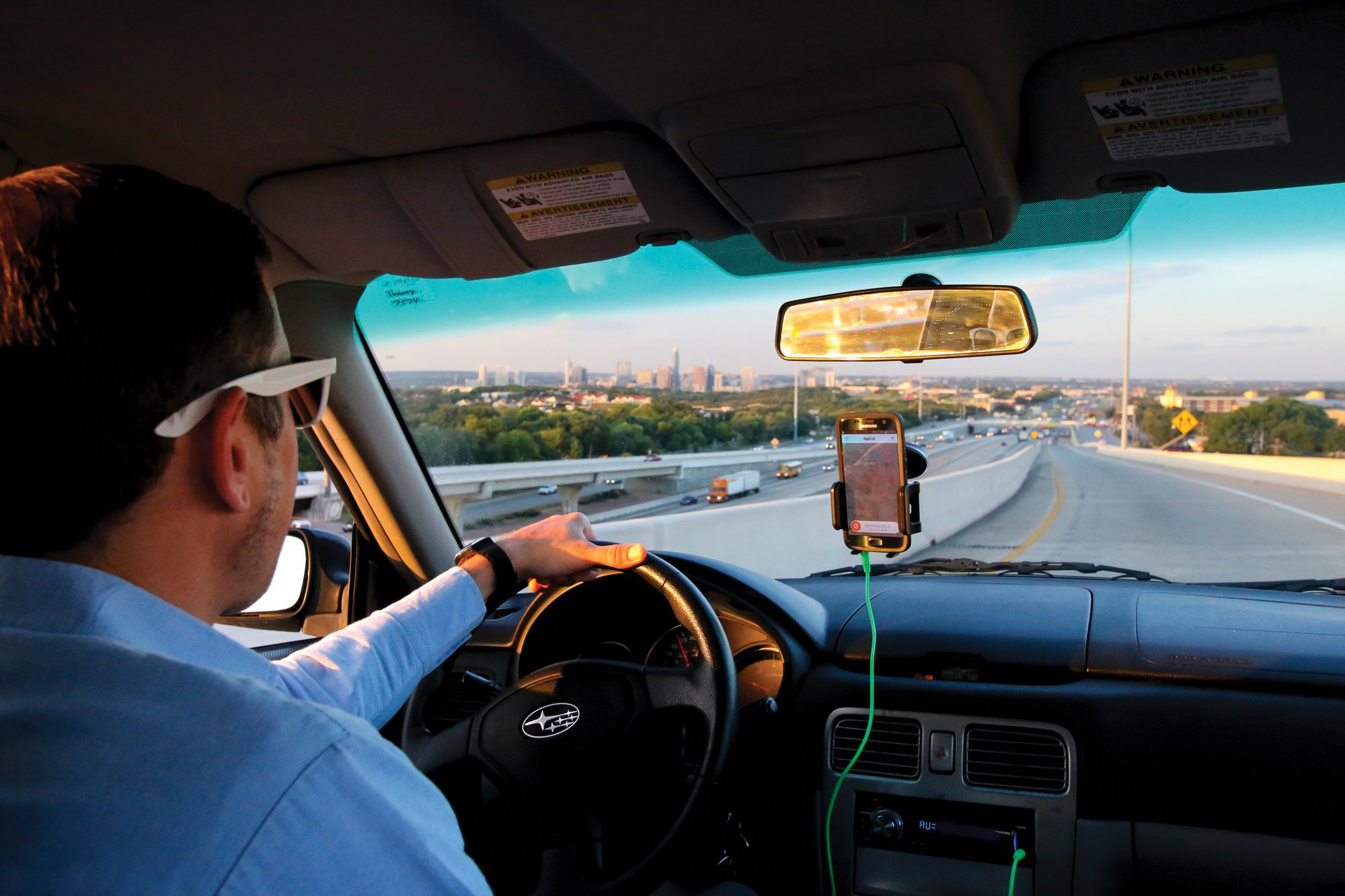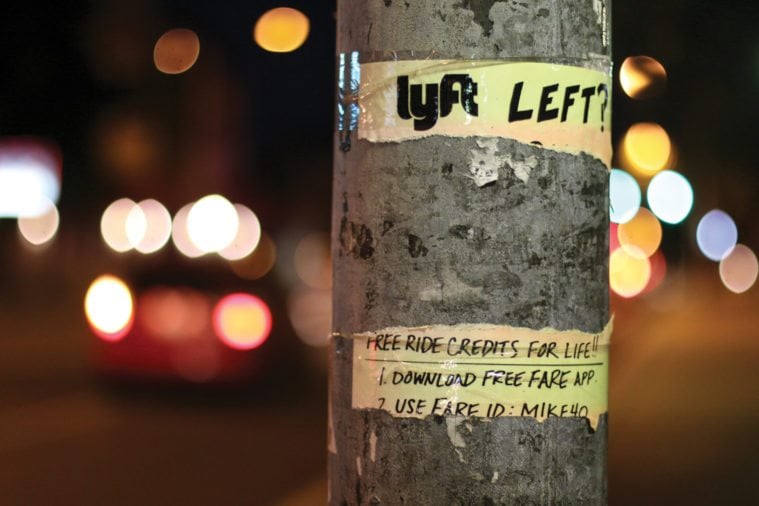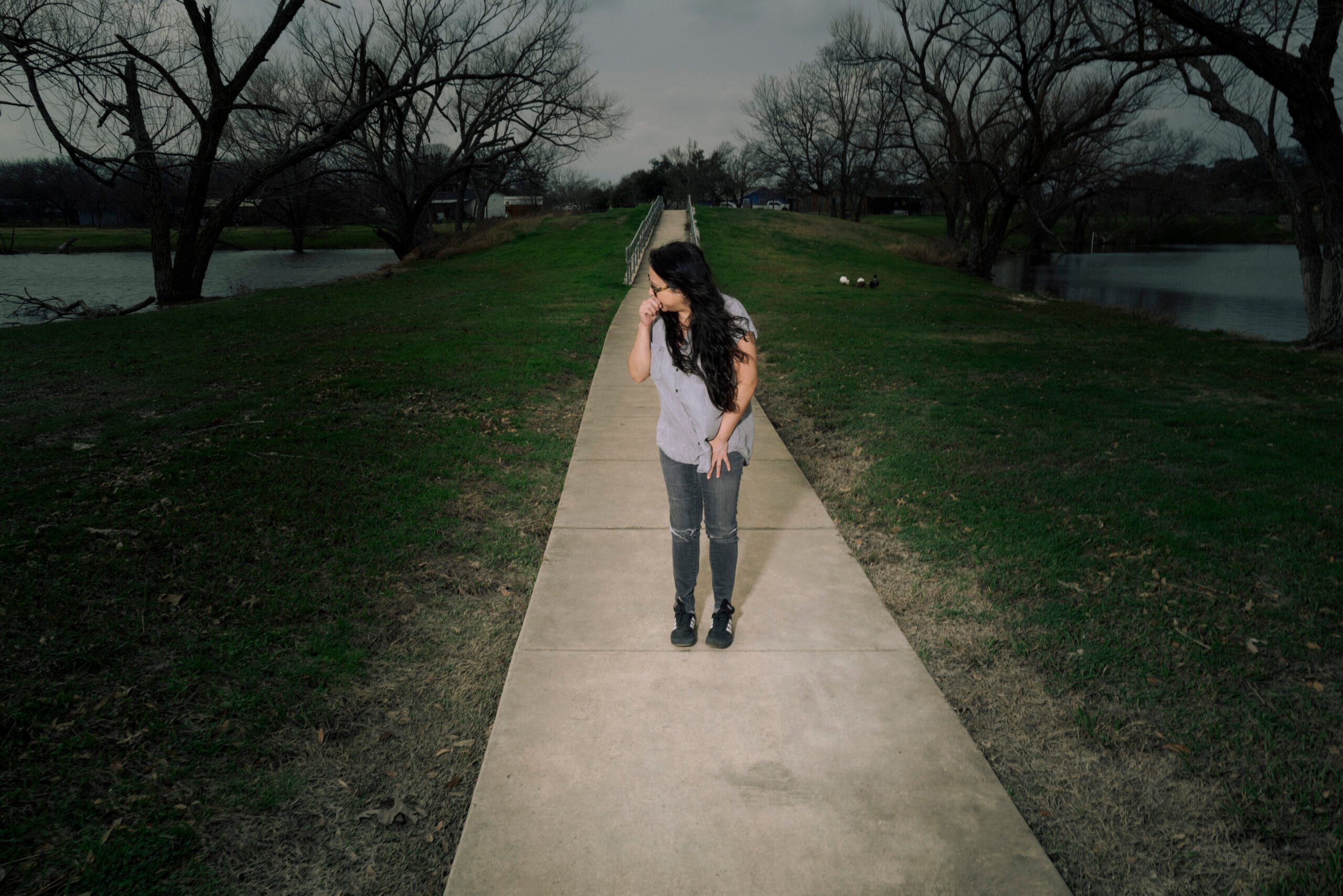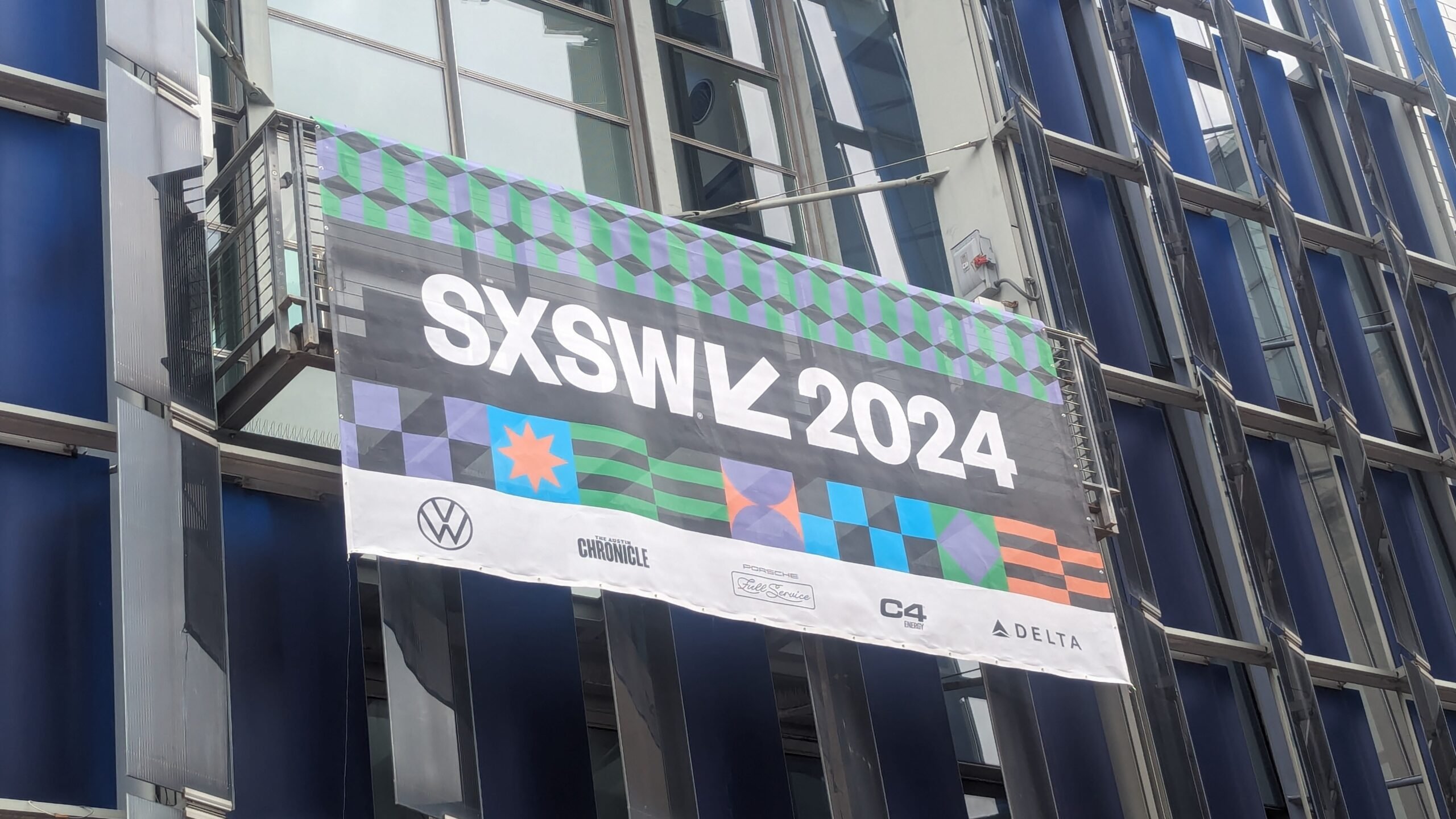
Fare Game
Lessons I learned from hustling for a living in the brave new ‘gig economy’.
A version of this story ran in the February 2017 issue.
When people find out I work as a ride–hailing driver in Austin for the mobile app Fasten, they rarely ask for my opinion about the $10 million election rift over driver regulations that made national headlines last spring. More often they want to hear about my worst passengers.
I’ll tell you about them, but to keep this from too quickly becoming the open diary of a misanthrope, let me first tell you about my favorite passengers.
Among the best passengers I’ve had (so far) was a wickedly funny woman who delighted in profanities and wore her multiple sclerosis like a ball gown. She was unable to drive herself to and from work and told me that ride-hailing services such as Uber, Lyft and the numerous copycats that emerged following the aforementioned rift were a blessing for people like her who had endured irritable cab drivers for years.
She told me about a pair of earrings that her husband — a computer-security expert — gave her that could also be used to pick locks. That’s hilarious.
Then there was the guy in brilliantly shined cowboy boots who was on his way to a country dance hall. He had worked with high-profile college athletes, and the man spoke thoughtfully about the difficulty of helping young people weather not only sudden stardom, but also the pain of simply becoming adults.
I love such brief encounters, and they would never occur had I not been pushed into the “sharing economy” out of desperation. During rides like these, it feels as if I might actually be providing a worthwhile service.
But the fares aren’t always so likable, and the freedom of the sharing economy isn’t all it’s cracked up to be.
I started driving this summer after I left a salaried job at the Center for Investigative Reporting in California to return to graduate school for journalism at the University of Texas at Austin. Bills needed to be paid. I had a smartphone and a no-frills 2008 Subaru Forester with an obligatory NPR bumper sticker. No ass-warmers or even window tint.
That’s enough to do what thousands of other people have done for money in recent years: endure repeated encounters with often inebriated strangers in my personal vehicle.
This so-called sharing economy has proved to be massively “disruptive” (a relished term in Silicon Valley these days) to traditional business systems while confounding regulators. In fact, the self-image of industry leaders as economic disruptors requires that they define themselves outside of traditional regulatory schemes.
As the lowest-ranking member of the sharing economy — the independent driver — for me there were to be no quirky but luxurious Silicon Valley retreats to encourage ideas for new revenue streams. No holiday parties or yoga meetups. No colleagues I felt compelled to impress. Not even health insurance or retirement savings. Only the passengers were available for watercooler chatter, and they’re not always the best company.
For a while, my worst passenger was a fraternity brother who turned to the friend seated next to him and attempted to explain why a young woman they mutually knew would no longer speak to him. Seems they’d had sex together, and Romeo soon supplied his fellow fraternity brothers with a complete account. She was not pleased, as you might imagine. “But I was rushing at the time, you know,” Romeo offered as an explanation.
Then there was the wine-giddy woman who loudly sang along to Mazzy Star’s “Blue Light,” which happens to sound better in the original. And the unassuming tech worker who insisted on stopping at an ATM from his bank to avoid paying service charges. I thought this at least meant the possibility of a tip for the long drive across town. When we pulled up to the Perfect 10 Men’s Club, it became clear why he wanted cash so badly. There was no tip.
In fact, no one ever tips, partly as a result of Uber assuring riders that tips are incorporated into the fare. Fasten didn’t institute in-app tipping for drivers until September. The apps in general seek a frictionless experience for the riders, but Fasten reacted to survey data showing that riders and drivers wanted the ability to tip through the app. Nonetheless, the strippers I once had in my car from another club across town didn’t tip, and I’ll hazard a guess that they had cash.
More recently, the title holders for worst passengers were two powerfully intoxicated women who concluded that I had a chip on my shoulder because I was not overtly excited enough to have “hot babes” in my car. Closely behind were three young men on New Year’s Eve who were archetypes of every bad guy in an ’80s John Cusack movie. Surely they had names like Johnny or Troy. One threw his half-empty Miller Lite onto the roof of the hotel where they were staying before climbing into the car, while another openly sneered at my nerdy Subaru wagon.
While Uber and Lyft’s brazen disregard for everyone else has drawn backlash from voters, drivers and bureaucrats alike, the fact of the matter is that ever-fewer people can imagine life without ride-hailing companies, including me and the rest of the sudden army of working-class people trying to stay afloat with endless gig economy side hustles.

When I started driving at the beginning of the summer, Austin voters had just dealt Uber and Lyft a humiliating defeat at the polls. For those unaware of the larger narrative taking place in the Texas capital city these days, a great number of Austinites are frightened. They’re wondering if San Francisco’s stratospheric rents will become a reality for them as the cost of living in Central Texas continues its own relentless ascent amid a seemingly boundless tech economy.
Uber and Lyft are both based in San Francisco and boast charming, Google-like office cultures with otherworldly fringe benefits and a deep association in the minds of many with new, bloated condo development.
So it’s hardly shocking that Austin voters were in an unwelcoming mood when Uber and Lyft spent over $10 million attempting to rewrite city ordinances and target local elected leaders for recall in an effort to throw out enhanced requirements for fingerprint-based background checks.
While Uber and Lyft, like other aging tech titans in Silicon Valley, cling to the startup misnomer, the two companies have reported paper valuations — Uber somewhere in the tens of billions and Lyft above $5 billion — that are greater than the entire city of Austin’s $3.7 billion annual budget. The number of drivers they together “employ” across the United States alone could fill the 100,000-capacity Darrell K Royal-Texas Memorial Stadium several times over.
Uber and Lyft surely viewed themselves over the course of the dispute with Austin as benevolently disruptive startups innovating on behalf of a better planet. But a blizzard of campaign material in the lead-up to the election, including text blasts, relentless home mailings and slick TV ads, was apparently not well-received. Despite shattering every previous record for spending in an Austin city election, the measure lost by more than 10 percentage points.
Nonetheless, Austin had eagerly embraced the sharing economy, and after the election, demand for ride-hailing services continued apace without Uber and Lyft.
I happened to need money just as Uber and Lyft were leaving town. So I became approved to drive for both Boston-based Fasten and Phoenix-based Ride Fare. Later, as this story was going to print, I started driving for Ride Austin, a growing nonprofit ride-hailing company.
Over the summer, neither Fasten nor Ride Fare gave the impression, in messages through the driver-side app or in email notifications, that fingerprinting was urgently required, or that the failure to promptly become fingerprinted would result in a suspension of driving privileges. It’s possible such warnings appeared in the app’s fine print, but consumer research shows that mobile users rarely, if ever, scrutinize an app’s terms of service. (I eventually went on my own to become fingerprinted so my passengers would feel a little safer.)
Ride-hailing companies view themselves as a service that merely connects mobile users to one another, as opposed to a local transportation-service company that employs drivers and maintains a fleet of vehicles, such as a traditional taxi company. While some 30 states formally define companies such as Uber, Lyft, Fasten and Ride Fare as “transportation network companies,” the larger sharing economy frames itself in sharply different terms. Fasten’s user agreement, for example, opens with the explicit insistence that it is simply a technology company and that its drivers are treated “as customers, not commodities.”
I’ve never been made to feel like an employee of Fasten or Ride Fare. While the companies urge businesslike conduct, it’s clear they wish to see the arrangement as no more than an app connecting driver and passenger.
Yet the underlying technology can fail spectacularly. Drivers and riders alike experienced intermittent outages and issues while using ride-hailing apps on New Year’s Eve in Austin. For me, the Fasten app seized up for long lengths of time or simply left it unclear whether fares were processing. Or the app wouldn’t transmit ride requests to drivers; I watched people on the street staring at their phones while attempting to submit ride requests following a fireworks show at Auditorium Shores.
The signup process for Fasten and Fare was otherwise completed entirely through a driver-side app. I submitted my name and date of birth and used my phone to take photos of my driver’s license, insurance and registration. A criminal background check verified my Social Security number and driver’s license information and included searches of my name in a global watch list, a database of sex offenders and national, federal and county-level criminal databases. With that, I was on the road and picking up fares in my chosen chariot.
Since becoming approved to drive, I’ve had only a handful of exchanges with Fasten, and they are generally direct messages through the app to tech support personnel.
It didn’t take long to understand that volume was king. There was little I could do on many days other than give as many short, low-fare rides as possible while praying for a better fare across town.
What many passengers don’t realize is that drivers can’t see their destinations when we’re asked whether to “accept” a fare through the app. If we could, a lot of boozy weekend brunch-goers would never make it to the next bar a short distance away where Oh my God they have amaaazing Bloody Marys on Sundays have you tried their Bloody Marys, driver person?! You haaave to try them soooo good can we listen to something fun!?
The alternative was to drive aimlessly around the city with no passengers as I burned up time and gas.
Drivers can conduct only a hasty assessment of the potential fare before the ride is passed on to another driver. I built a spreadsheet of all 252 rides I gave over the summer for Fasten, and more than 70 of them were for distances of fewer than 2 miles. The result each time was another fare from $2 to $6 from yet another chatty bearded fellow who wanted to know if my Subaru was a turbo.
No, it is not a turbo. Will you tip if I pretend it is on this exit ramp?
I am still stunned by the number of people who try to hop into the front seat when they’re not part of a group, as if we’re comrades from the war and I’m picking them up for the funeral of our chief gunner. Some riders reach for my backpack in the passenger seat to toss into the rear so they can sit up front, oblivious to my too-subtle clue.
To be sure, this is the experience of one driver. Others have turned ride-hailing into an art form and devised elaborate strategies for landing the best fares possible. They drive exclusively during rush hour, when people will often pay extra money to be moved higher in the queue of waiting riders. Others build mutually beneficial relationships with passengers who regularly rely upon ride-hailing services. Drivers hover near the airport, or they plan ahead and locate concentrations of people downtown for major events.
I rely on a crude mix of such strategies, but more often than not I find myself fantasizing that a dream fare will arrive at any moment. My white whale. It’s become an almost pornographic fantasy in which someone has no other way to get to Tallahassee. I’ve heard cab drivers swap tales of such passengers.
Ride Fare sends out encouraging weekly emails to drivers listing top earners — $2,500 in one week during October, according to the company. They spotlight a driver of the month. In October, it was “Brandon,” who in his profile pic sported a button-down shirt and tie and was praised as “always near or in our top 10 earners list. Riders always compliment Brandon on his positive attitude and professionalism.”
Reader, this may shock you, but I’m not certain passengers always think of me as a crowd-pleaser like Brandon.
Over time, one of my strategies for trying to land better fares became ignoring or canceling rides after realizing the requestor would take too long to reach. I always feel guilty about it. The passenger is just someone who wants to get across town. But sometimes I know enough about a time and place of pickup that I can safely guess the ride just isn’t worth accepting.
I learned to assume that if the request came from anywhere near Zilker Park on the day each month of the Blues on the Green summer concerts, it was a team of 20-somethings who wanted a short, air-conditioned ride over the Lamar Boulevard Bridge. The fare would be maddeningly small, traffic near the destination would be gridlock and the likelihood of a tip was nonexistent.
Fasten portrays the ability to ignore or cancel rides as an empowering feature that puts drivers in greater control over their working conditions. The company nonetheless felt compelled to send out an email to drivers over the summer delicately asking that they not cancel too many rides without good reason.
It’s clear some people can earn significant sums as full-time experts in the sharing economy, but I’ve had a slightly different experience. After 252 trips with Fasten over the summer, I earned a gross total in fares of $2,114.91. That works out to an average of $8.39 per ride.
Before expenses.
According to my receipts, I spent $373.22 on gas, car washes and car insurance, and another $40 on fingerprinting fees. Fasten seeks to distinguish itself from competitors by charging the driver a flat rate of 99 cents per ride, even if the passenger pays extra to receive faster service. Fasten, then, took $239.58. That dropped my total earnings to $1,462.11, resulting in a net per-ride average of $5.80.
Not included in the expenses column are the gas receipts I was in too much of a hurry to retrieve from the cashier when the pump was out of paper. Or the taxes I’ll be contending with in April. Perhaps I can write off the ungodly quantities of black coffee, Topo Chico, Clif Bars and cigarettes.
I don’t know what my numbers say about the ability of other drivers to earn a living this way. Fasten brags to would-be drivers that they are not forced to accept ride requests they don’t want, and claims that drivers can earn more per ride than other apps.
All I can do each day is aim for a fantasy earnings target and try not to be discouraged by a string of heartbreakingly low fares. My daily goal is usually somewhere around $100 to $150 across a shift of five to six hours or longer, but it often comes in closer to $80.
It’s a highly frustrating way for the cash-poor to make money when it’s urgently needed, but the 21st century convenience of the app itself is highly attractive to would-be drivers. It’s easy to see why so many people have turned to it despite the risk of dismaying fares, the long-term wear on their personal vehicles and the laborious independent contractor taxes.
There are still moments when I genuinely like being a ride-hailing driver. There’s my favorite passenger you’ve already heard about. But I also can’t forget about the two politely rambunctious educators in town to see Def Leppard, REO Speedwagon and Tesla. They giddily listed off one hair-metal band after another they’d seen together over the years. Then there was the conservative-looking woman in workout attire whom I never imagined would be delighted when she realized I was streaming audio through the car stereo of Austin police radio chatter: “I should listen to that at home!”


